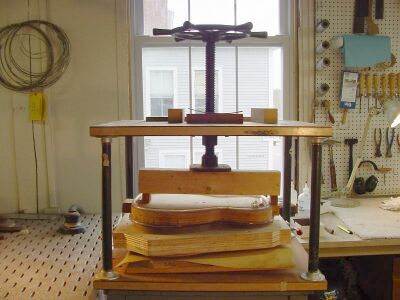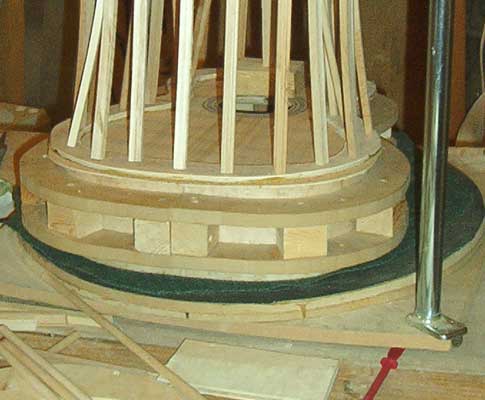This is bizarre, Colin!! The timing on your post is almost scary.
I was in the shop last night contemplating the same change in my method. I even started making the caul blocks for the rims on which to place the gobars. The only difference...my OM back is EIR.
As with anytime I HHG a plate, I do the dance rehearsal a few times before going live. I shoot for 40 seconds as a target time for having the glue applied and plate clamped. Any cool dance steps you find would be appreciated
 I plan to have mine glued up before the weekend and will also post the pics and results.
I plan to have mine glued up before the weekend and will also post the pics and results.
Good luck!



